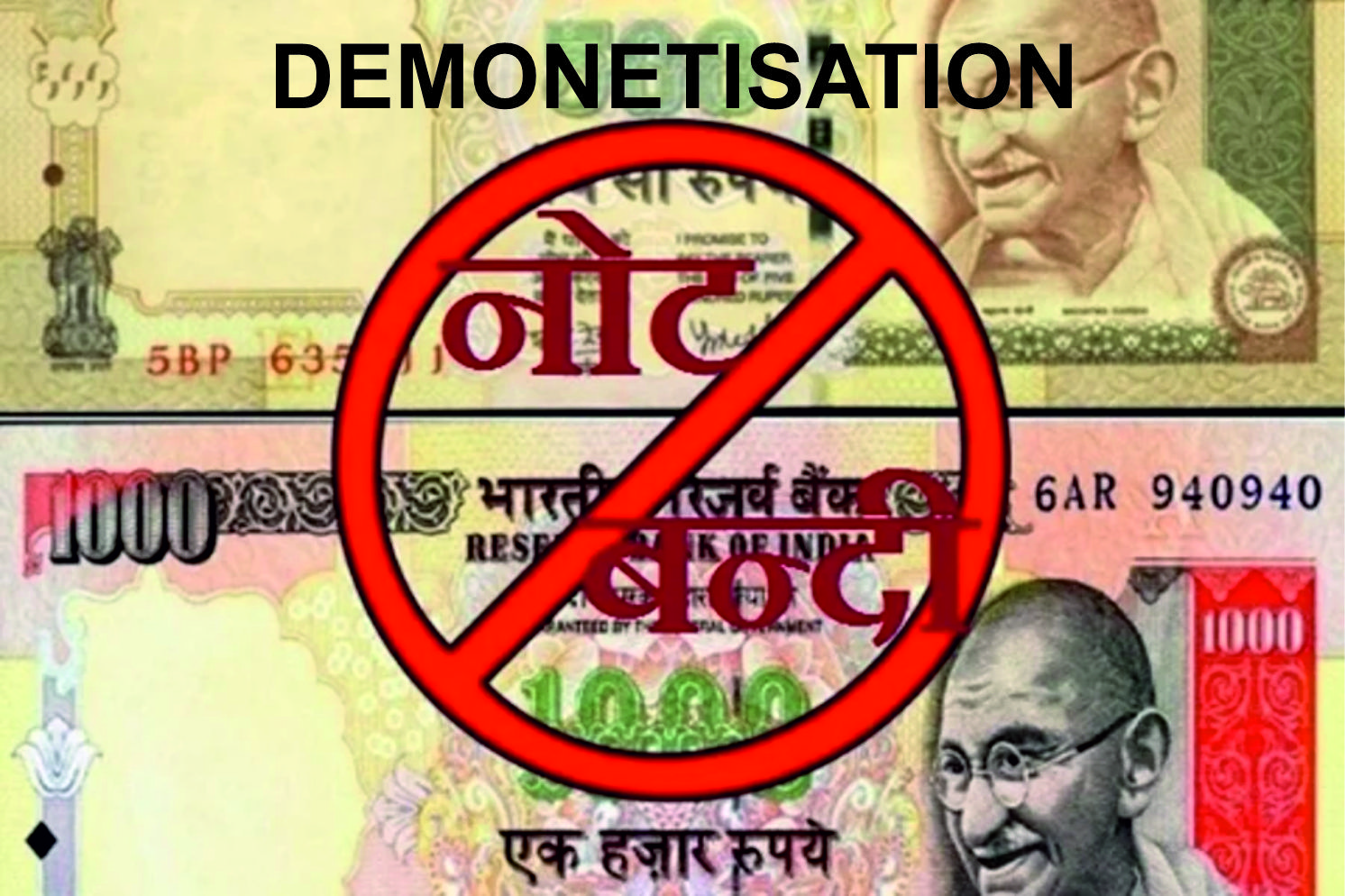India Accelerates Economic Reforms and Semiconductor Ambitions with Jan Vishwas Bill

Mumbai, September 3, 2025 – India is forging ahead with bold economic reforms aimed at bolstering its business environment and positioning itself as a global hub for high-tech manufacturing. Central to this agenda is the Jan Vishwas Bill 2.0, a legislative push to streamline regulations and reduce compliance burdens for businesses, alongside a concerted effort to ramp up domestic semiconductor production, with “made in India” chips expected to roll out by the end of 2025.
Jan Vishwas Bill 2.0: Easing the Way for Business
The Jan Vishwas (Amendment of Provisions) Bill, 2025, is set to transform India’s regulatory landscape by decriminalizing minor offenses across 42 laws, replacing punitive measures with fines and administrative actions. This follows the success of the first Jan Vishwas Bill in 2023, which amended 183 provisions to foster ease of doing business. The new bill targets sectors like agriculture, media, and environment, aiming to reduce bureaucratic red tape and enhance investor confidence.
“By simplifying compliance and fostering a trust-based regulatory framework, the Jan Vishwas Bill 2.0 will empower businesses, especially MSMEs, to thrive,” said Commerce Minister Piyush Goyal in a recent statement. The bill is expected to be tabled in the upcoming winter session of Parliament, building on India’s goal to climb higher in the World Bank’s Ease of Doing Business rankings, where it currently stands at 63rd globally.
Industry leaders have welcomed the move. “This is a game-changer for small and medium enterprises, which often struggle with complex compliance requirements,” said Ankit Sharma, CEO of a Delhi-based startup. The bill also aligns with India’s broader economic vision of achieving a $30-trillion economy by 2047, as outlined in Business Today’s India@100 issue.
Semiconductor Push: “Made in India” Chips by Year-End
Parallel to regulatory reforms, India is making significant strides in its semiconductor industry, a critical component of its ambition to become a global manufacturing powerhouse. The government’s $10 billion India Semiconductor Mission (ISM) is bearing fruit, with several projects nearing completion. Union Minister for Electronics and IT, Ashwini Vaishnaw, announced that India’s first domestically produced chips are expected to be market-ready by December 2025, a milestone in reducing reliance on imports.
The ISM has attracted major players like Tata Electronics, which is setting up a fabrication plant in Gujarat, and Micron Technology, which is establishing a chip assembly and testing facility in the same state. These initiatives are part of a broader strategy to capture a share of the global semiconductor market, projected to reach $1 trillion by 2030. “India’s skilled workforce and supportive policies make it an ideal destination for semiconductor manufacturing,” Vaishnaw noted during a recent industry summit.
The push comes at a time when global supply chain disruptions, particularly due to U.S.-China trade tensions, have underscored the need for self-reliance in critical technologies. India’s efforts are also bolstered by partnerships with countries like the U.S. and Japan under the Quad framework, which includes a semiconductor supply chain initiative.
Economic Context and Challenges
India’s economic reforms and semiconductor ambitions are unfolding against a backdrop of robust growth, with GDP expanding by 7.8% in the April-June quarter of 2025, outpacing global trends. However, challenges remain, including U.S. tariffs on Indian goods, which have risen to 50% on certain products, impacting exporters. The government has responded with measures like the Rs 25,000 crore Export Promotion Mission to provide affordable credit and market access.
Analysts caution that sustaining high growth requires addressing structural issues like labor market inefficiencies and land acquisition bottlenecks. The World Bank’s recent report, Becoming a High-Income Economy in a Generation, emphasizes that India needs to maintain an average growth rate of 7.8% through 2047, necessitating deeper reforms in investment, job creation, and technology adoption.
Looking Ahead
The Jan Vishwas Bill 2.0 and the semiconductor push signal India’s determination to balance short-term business facilitation with long-term industrial growth. As the country navigates global economic headwinds, including U.S. tariffs and supply chain shifts, these initiatives are critical to maintaining its trajectory as the world’s fastest-growing major economy.
For businesses and investors, the message is clear: India is open for business, with a regulatory environment that’s becoming more predictable and a tech ecosystem that’s gearing up to compete globally. As Prime Minister Narendra Modi stated in a recent address, “India’s reforms are not just about today but about securing a prosperous future for generations.”



 175
175

 The BharatBiz
The BharatBiz
 16
16

